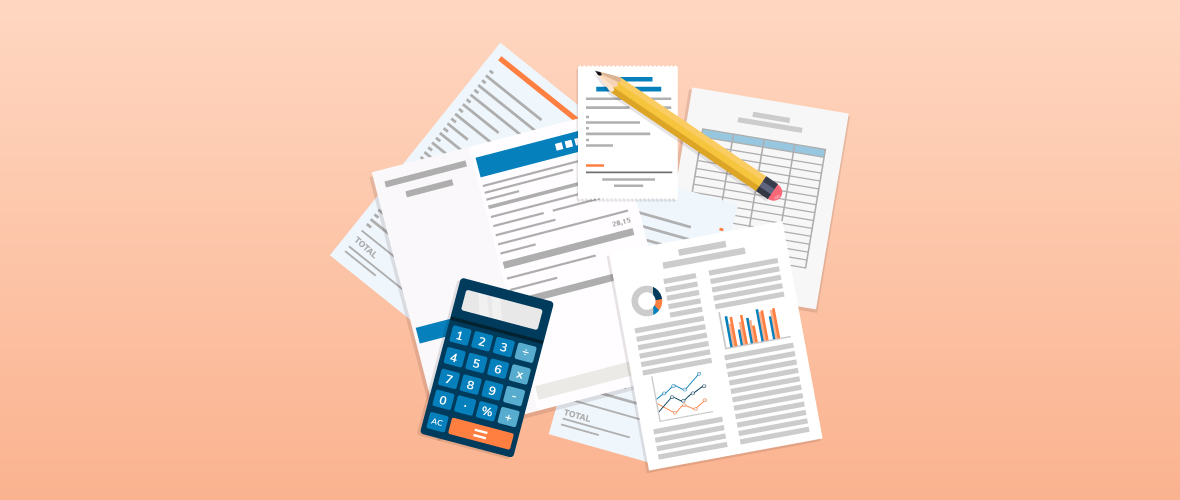Medical debt is a growing problem in the U.S. Before the pandemic, 68% of patients were struggling and failing to pay off medical bill balances. This number is estimated to rise significantly post-pandemic.
Debt recovery for patients with bad debt could take months and include significant costs for struggling providers who have been leveraged under the increased pressure of a pandemic. To create a successful debt collections program, healthcare providers should combine strategy, education, technology, and services that empower patients.
By providing tools for patients to tackle medical debt, providers can improve revenue cycle health and success. Here are the top tips for providers to keep in mind to shorten Accounts Receivable (AR) days:
Pre-Service Transparency and Education
The first line of defense for successfully collecting medical payments is to provide patient education and transparency around treatment costs. Of patients who let bills go to collections, most patients cited:
– Inability to pay
– Confusion about medical bills
– Outdated billing and notification processes
Healthcare organizations should take the time to provide clear and concise breakdowns of services and costs prior to care. This will serve as the foundation for payment responsibility throughout the patient’s journey, and it will set up a standard of trust and care throughout the doctor-patient relationship.
Point-of-Care Payments
Don’t wait weeks to engage patients in the billing cycle, provide them with opportunities for engagement at the time of service. Although the majority (90%) of physician practices and provider facilities agree that collecting from patients before they leave the office is key, only about half (59%) actually do so. Hiring office staff to collect upfront copayments and deductibles may alleviate collection challenges. Payment processing technology at the front desk will also immediately facilitate this process.
Offer Payment Plans
If a patient cannot complete the payment at the time of service, discuss payment plans before the patient leaves. By utilizing technology such as patient portals and helping patients create personalized payment plans, patients will be set up for success.
Online Patient Payments
Most patients expect a healthcare experience similar to their retail experience, which has predominantly moved online during the pandemic. In fact, 67% of patients prefer to pay medical bills online via payment portals. To increase collection rates and improve cash flow, medical providers should provide convenient means to make bill payments through online payment systems. Ideally, software technology will have patient-friendly interfaces that clearly breakdown services and costs. This transparency tool will accelerate payments and reduce the administrative burden.
Minimizing Bad Debt Write-Offs
There are two types of write-offs; approved write-offs (the ones you have agreed to either in a contract or in terms of your practice philosophy) and unnecessary write-offs (due to billing mistakes or charges for third-party collections).
Approved write-offs may include charity write-offs, prompt payment discounts, self-pay discounts, or small-balance write-offs that don’t warrant the cost of sending the bill (usually $15 or less).
Unnecessary write-offs are damaging for medical practices and institutions alike, and may include uncredentialed provider write-offs, administrative write-offs, bad debt write-offs, or collection agency write-offs. These write-offs not only cost healthcare organizations the uncollected fees but also significant time and resources while attempting to collect the debt.
RXNT’s software reduces manual labor by automatically writing off balances for bad debt statements based on amounts established by the practice. This efficient system also provides an accurate review and real-time updates on write-offs, patient payments, and status of third-party collections.
Write-offs should total no more than 5% of your total expected collections and should be audited regularly. In order to monitor write-offs without additional administrative overhead, make sure to leverage technology. RXNT’s physician Practice Management system includes electronic Medical Billing software with digital efficiency tools to streamline administrative tasks and decrease liability for your healthcare organization. By integrating medical office management software, your ambulatory practice, health network, or institution will streamline administrative tasks, shorten AR days, and improve patient trust and experience.




